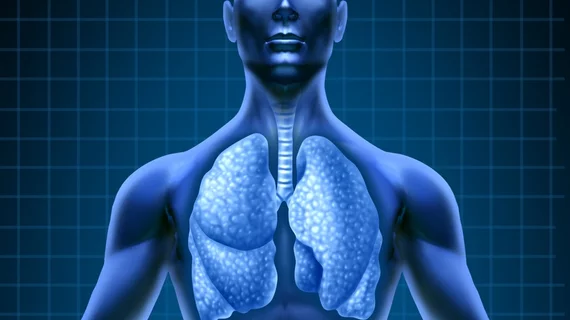Machine learning models could help some patients with suspected pulmonary embolism (PE) avoid unnecessary CT imaging, according to new findings published in JAMA Network Open. Could the future of clinical decision support (CDS) include a healthy dose of AI?
CT imaging is the current standard for diagnosing PE. However, the study’s authors noted, imaging orders for CT are on the rise, even as fewer examinations are coming back positive. This is where the team hoped machine learning could come into play and make a significant impact.
“Designing a method that can use routinely collected patient health care data to arrive at patient-specific disease outcome prognosis, if successful, could better inform care decisions for patients with suspected PE,” wrote lead author Imon Banerjee, PhD, department of radiology at Stanford University, and colleagues. “Existing PE risk scores are based on hand-selected clinical variables … whereas modern machine learning approaches have been shown to handle large volumes of relatively complex interdependent data, are tolerant of errors and include variables from a variety of sources to provide more personalized estimations with improved accuracy.”
The team developed a machine learning model, the Pulmonary Embolism Result Forecast Model (PERFORM), that used electronic medical record (EMR) data to determine if a patient who has been recommended for CT imaging should, in fact, undergo the examination. PERFORM was trained and validated with more than 3,300 annotated CT examinations for PE.
Overall, Banerjee et al. found that PERFORM had an area under the receiver operating characteristic curve of 0.81 for both a dataset from Stanford University hospitals and a second dataset from Duke University.
“The neural network model PERFORM possibly can consider multitudes of patient-specific risk factors and dependencies in retrospective structured EMR data to arrive at an imaging-specific PE likelihood recommendation and may accurately be generalized to new population distributions,” the authors wrote. “The findings of this study suggest that this model may be used as an automated CDS tool to improve use of PE-CT imaging in referred patients.”
These numbers, the authors noted, suggest a large number of patients could have avoided CT imaging altogether.
“Using conservative cutoff scores, we would have avoided 67 of 340 studies at Stanford and 147 of 244 studies at Duke, improving positive CT yield by 78% and 40.2%, respectively,” Banerjee and colleagues wrote.
In addition, PERFORM could be used alongside existing clinical scoring systems such as Wells, Pulmonary Embolism Rule-out Criteria and rGeneva. If PE is not excluded after the use of these tools, the authors wrote, PERFORM could then be “triggered to run automatically on the patient’s structured EMR data.”

